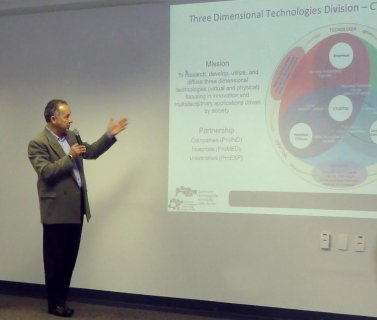
Web semantics technologies
What is Semantic Web? This article compares the Semantic Web, Web 2.0, and the World Wide Web.
Five years ago when you said "I found out about that on the Web, ", everyone knew what you were talking about. By means of hyperlinking or using a Web search engine you found a Web site with information you wanted.
Today people may talk about the World Wide Web, Web 2.0 or the Semantic Web. There are a lot of misconceptions about their similarities and differences, and also where the technologies inherent to each overlap, if they overlap at all. The biggest misconception is that the terms Semantic Web and Web 2.0 mean the same thing.
Web 2.0 Is Not the Semantic Web
Web 2.0 is all about people. It's a social thing. The second generation of the World Wide Web is focused on the ability for people to collaborate and share information online. Where the Web contains static HTML pages, Web 2.0 is dynamic, in that it serves applications to users and offers open communications with an emphasis on Web-based communities.
Web 2.0, because it focuses on people and communications, encompasses a large number of technologies and standards. AJAX, Ruby, XHTML, SOAP and many more. Here the technology is less important to people — they don't care about the standards and technologies running these applications, they just want the end result, which is social interaction in an attractive and easy-to-use application.
What is the Semantic Web?
Where Web 2.0 is focused on people, the Semantic Web is focused on machines. The Web requires a human operator, using computer systems to perform the tasks required to find, search and aggregate its information. It's impossible for a computer to do these tasks without human guidance because Web pages are specifically designed for human readers. The Semantic Web is a project that aims to change that by presenting Web page data in such a way that it is understood by computers, enabling machines to do the searching, aggregating and combining of the Web's information — without a human operator.
You might also like













